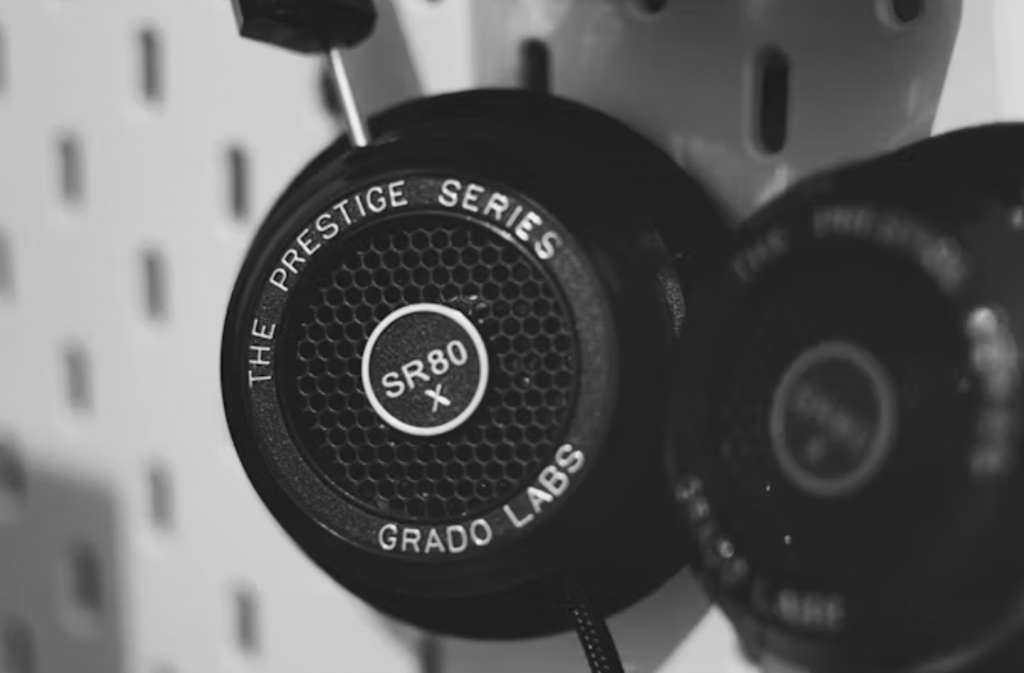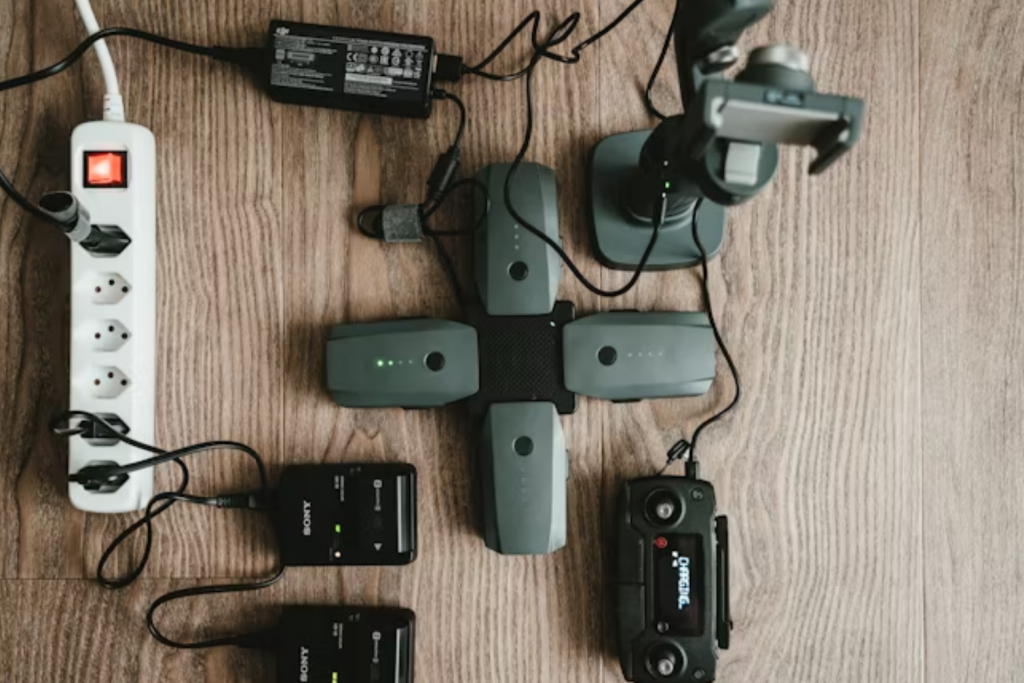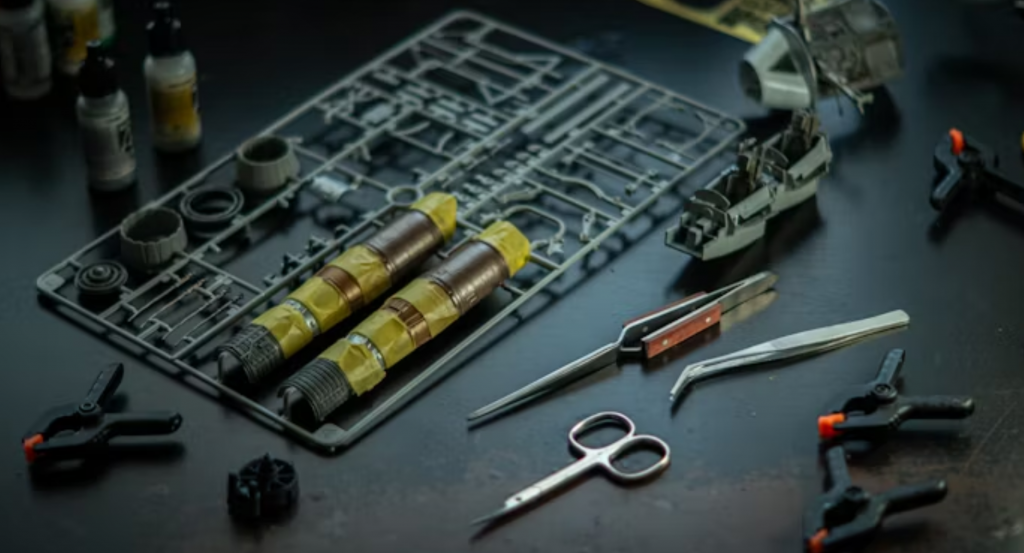Buying used gear can be a great way to save money while still getting your hands on high-quality products. Whether you’re looking for outdoor equipment, electronics, or musical instruments, used gear can offer a budget-friendly alternative to buying new. However, navigating the world of second-hand purchases requires some caution. If you aren’t careful, you might end up with a product that doesn’t live up to expectations or, worse, a scam. In this article, we’ll explore the best practices for buying used gear safely and highlight five red flags you should always watch out for.
Introduction: The Growing Popularity of Used Gear
In recent years, the popularity of buying second-hand gear has skyrocketed. Platforms like eBay, Craigslist, and Facebook Marketplace make it easier than ever to find used equipment. The rise of eco-conscious consumers and thrifty shoppers has only fueled this trend. But just because something is second-hand doesn’t mean it’s a good deal. It’s essential to know how to avoid potential pitfalls when purchasing used items.
Why Buying Used Gear Can Be a Smart Choice
Before diving into the red flags, let’s take a moment to understand why buying used gear is often a wise decision.
Cost Savings: The Most Obvious Benefit
The most significant advantage of buying used gear is the savings. New items, especially high-end gear, can be expensive. Buying used allows you to get the same product for a fraction of the price. The price difference is often significant enough to justify the minor risk that comes with purchasing pre-owned items.
Environmental Impact: A Greener Alternative
Buying used gear also supports sustainability. By reusing products, you’re helping to reduce waste and the demand for new resources. If you’re eco-conscious, buying second-hand is a great way to contribute to a greener planet while still acquiring the gear you need.
5 Red Flags to Watch Out for When Buying Used Gear
While there are many benefits to purchasing used gear, it’s not without risks. To ensure you make a smart purchase, be aware of these five red flags.
1. Lack of Product Details or Incomplete Descriptions
One of the first signs that something might be off with a used item is a vague or incomplete product description. If the seller doesn’t provide enough details about the gear’s condition, model, or functionality, that’s a major red flag. Legitimate sellers will be transparent and provide thorough descriptions, including specific information about wear and tear, age, and any issues with the gear.
When a listing lacks clear details, it’s an indication that the seller might be trying to hide something. Always ask for more information before committing to a purchase.
2. Unusually Low Prices
While buying used gear typically means saving money, be cautious of deals that seem too good to be true. If the price is significantly lower than what other sellers are asking, it might be a scam or the item could be in poor condition. Always compare prices and check similar listings to ensure the price aligns with the market value of the product.
Unrealistically low prices could also signal that the gear is stolen or counterfeit. Exercise caution if you notice this.
3. No Return or Warranty Policy
One of the main reasons people hesitate to buy used gear is the lack of a safety net. When buying used items, it’s important to ask whether the seller offers a return policy or warranty. Without this, you’re left with no recourse if the item doesn’t work as expected. Reputable sellers will typically offer at least a short return window, especially for high-value items.
If the seller refuses to offer any return policy or warranty, it’s a big red flag. Avoid making a purchase unless you have some form of guarantee.
4. Poor Product Photos or No Photos at All
A lack of high-quality photos is another warning sign. Clear, detailed images are essential when buying used gear. If a seller provides only a low-resolution picture or no photos at all, they might be hiding the product’s true condition. A legitimate seller should offer clear and accurate images of the gear from various angles, showing any signs of wear, damage, or defects.
If you’re buying online, make sure to request additional photos if they aren’t included in the listing. This will help you assess the condition of the gear before committing.
5. Sellers with Poor or No Reviews
When buying from a marketplace or platform with user reviews, always check the seller’s feedback. Sellers with no reviews or a history of negative reviews are a huge red flag. You want to ensure that the seller is trustworthy and reliable, and reviews are a good way to gauge this. If the seller is new or has a poor reputation, consider looking for another option.
You can also verify the seller’s credibility by looking for any online presence, such as a website, social media profiles, or other platforms where they might have been rated or reviewed.

How to Verify the Seller’s Credibility
When buying used gear, verifying the seller’s credibility is critical to avoiding scams and ensuring a smooth transaction.
Checking Reviews and Ratings
Look for reviews or ratings from previous buyers. If you’re using an online marketplace, check both the overall score and the comments left by past customers. Positive feedback is a good sign, but a seller with no reviews or low ratings should be approached with caution.
Requesting Documentation or Proof of Authenticity
For higher-end gear, especially electronics or musical instruments, it’s always a good idea to ask for proof of authenticity or purchase documentation. This could include the original receipt, certificates of authenticity, or other relevant paperwork. If a seller is reluctant to provide this, it might be an indication that the product is counterfeit or stolen.
Tips for Inspecting Used Gear Before Purchase
If possible, inspect the gear in person or request more information before finalizing the deal.
How to Test Functionality
When buying used gear, especially electronics, make sure to test its functionality. For example, if you’re purchasing a used camera, check if it turns on, takes pictures, and shows no signs of malfunction. For gear like bikes or sports equipment, check for signs of wear, rust, or structural damage. Testing the item firsthand will give you confidence in its performance.
Look for Signs of Wear and Tear
Look for obvious signs of damage, such as cracks, scratches, dents, or discoloration. These are natural with used gear, but excessive damage might mean the product is no longer reliable. It’s also essential to check for any repairs that may have been made—particularly if the item doesn’t look like it’s been properly maintained.
Conclusion: Make Informed Purchases and Avoid Scams
Buying used gear can be an excellent way to score a deal, but it requires due diligence. Always look out for red flags such as incomplete descriptions, unusually low prices, poor photos, and a lack of reviews or return policies. By following the advice in this article, you can make informed purchases and avoid scams, ensuring your second-hand gear is both a bargain and in good condition.

FAQs
1. Is it safe to buy used gear online?
Yes, buying used gear online can be safe as long as you do your research. Always verify the seller’s credibility, check product descriptions and images, and look for return policies to protect yourself.
2. How can I tell if a used product is still in good condition?
Examine product photos, ask for details about the item’s condition, and test it if possible. Look for wear and tear, and ask for documentation to ensure the product’s authenticity.
3. What are some red flags when buying used electronics?
Look out for poor photos, missing details about functionality, and extremely low prices. Additionally, avoid sellers without reviews or return policies.
4. Can I return used gear if it’s faulty?
It depends on the seller. Always check the return policy before buying. Reputable sellers often offer a short return window or a warranty.
5. How do I know if a used product is authentic?
Request documentation, check the serial number, and ensure that the item matches the brand’s official specifications. Be cautious if the seller is unwilling to provide proof of authenticity.


Leave a Reply